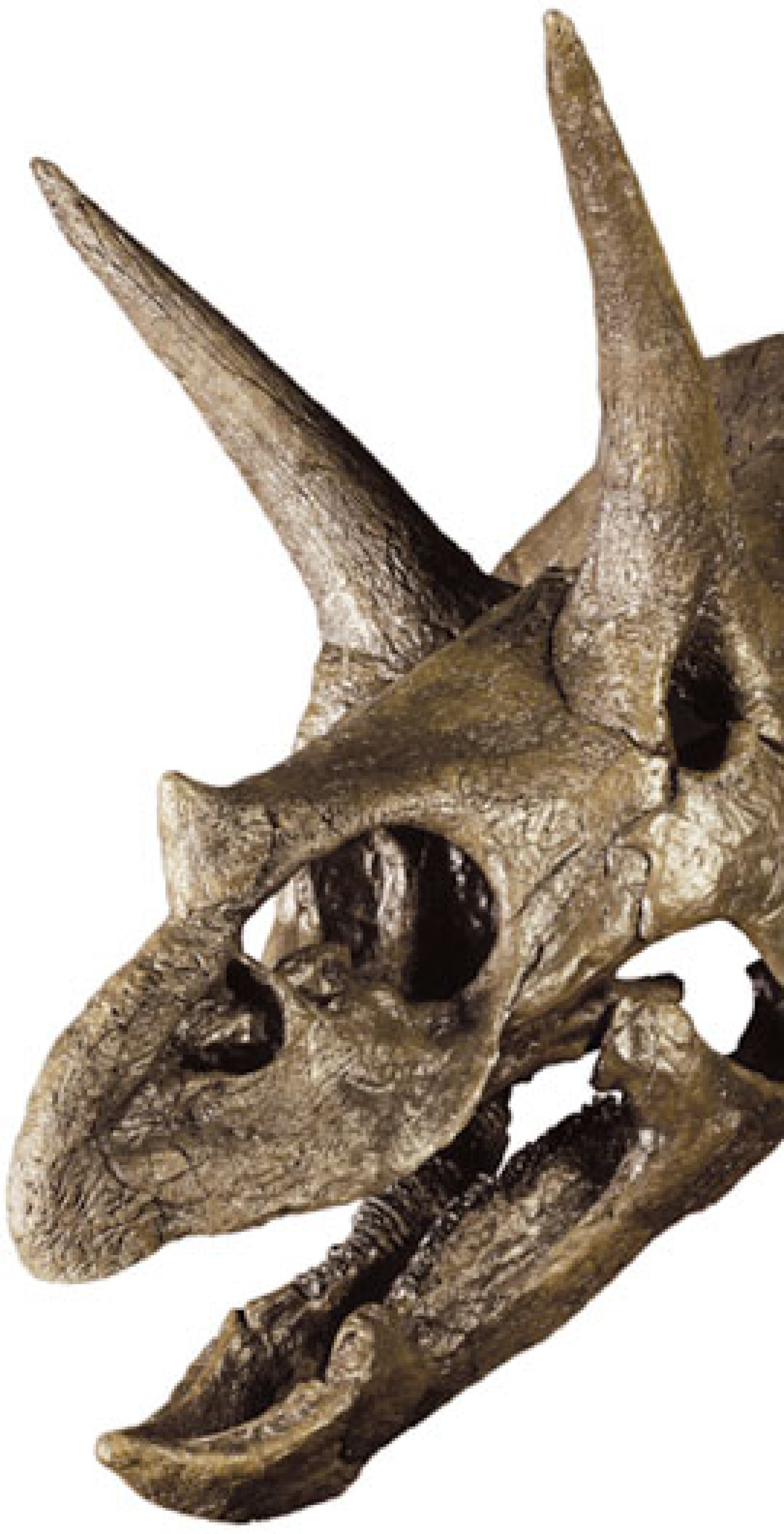With more than 5.7 million specimens the collection of the Geological-Paleontological Department is an archive of international rank.
The NHM Vienna has a long tradition in the research of deposits and fossils of the Mesozoic and Cenozoic eras in Eurasia. This focus is reflected in the systematic and stratigraphic collections and especially late Cretaceous and Neogene molluscs as well as Triassic and Jurassic cephalopods have been in the centre of the research of the Natural History Museum’s palaeontologists.
In addition, the Geological-Paleontological Department houses large micropalaeontological and paleobotanical collections and an important collection of fossil vertebrates.
Collections and research of the Geological-Paleontological Department have a global approach. Due to historical reasons, the collection consists of Austrian material but also includes many specimens from former parts of the Austrian empire, namely Bohemia (Czech Republic), Galicia (Poland & Ukraine), Hungary, and Siebenbürgen (Romania). An important part of the collection represents Cenozoic material from the middle East (Turkey, Egypt, Iran, India).
The collection is rich in type material and houses numerous figured specimens from famous publications of August Emanuel von Reuss (1811-1873), Moriz Hörnes (1815–1868), Karl Alfred von Zittel (1839–1904), Edmund Mojsisovics von Mojsvár (1839–1907), Franz Toula (1845–1920), Alexander Bittner (1850–1902), and Rudolf Hoernes (1850–1912), to name just few. More than 100,000 types, figured, and reference specimens are registered in the repository database (among them ca. 10.000 primary, name-bearing types).
The collection is structured into six main collections:
- Paleobotany
- Micropaleontology
- Paleozoic Invertebrates
- Mesozoic Invertebrates
- Cenozoic Invertebrates
- Fossil Vertebrata
In addition several smaller collections exist such as the amber collection and the fossil insects. Parts of the collections are on display in the famous public galleries.
The collections are complemented by a huge library and a well-equipped lab.
Contact person
PD Dr. Mathias Harzhauser


